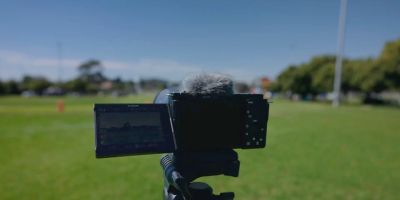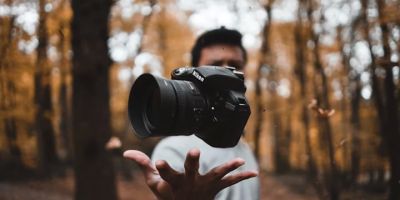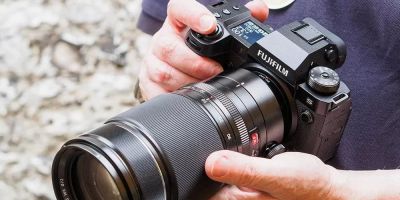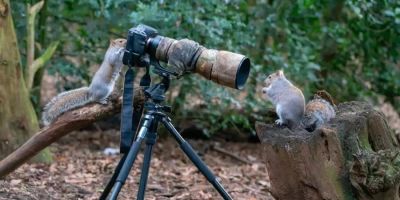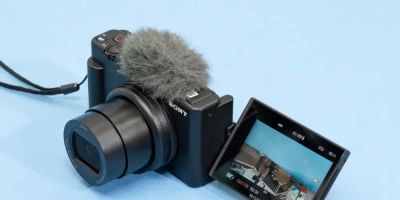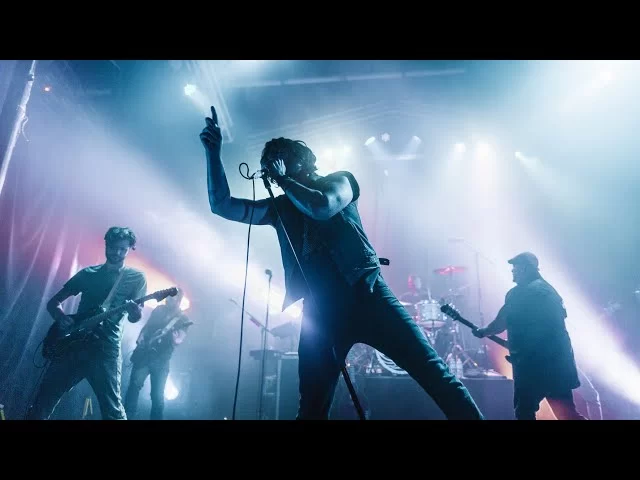
- Understanding Concert Photography
- Preparing for a Concert Shoot
- Capturing the Perfect Moment
- Choosing the Right Gear for Concert Photography
- Mastering Camera Settings for Live Events
- Post-Processing and Editing Concert Photos
Understanding Concert Photography
Concert photography is a unique blend of technical skill and artistic vision. It involves capturing the energy, emotion, and ambiance of live events, from the stage's bright lights to the crowd's enthusiasm. Whether you're shooting a rock band, a classical performance, or a DJ set, your goal is to convey the intensity and atmosphere of the event through your lens. To succeed in concert photography, you need to understand both the challenges and the opportunities that come with shooting in such dynamic environments.
Preparing for a Concert Shoot
Proper preparation is key to successful concert photography. Start by researching the venue and the event. Knowing the layout, the lighting conditions, and the type of performance will help you plan your shots more effectively. If possible, visit the venue ahead of time to scout locations where you can get the best angles. Communication with the event organizers or the band's management is also important. They can provide information about the setlist, specific moments that may be key for photos, and any restrictions regarding photography.
Setting Expectations and Permissions
Make sure to clarify your access to the event. Concert venues typically allow photographers limited access to the stage or pit area, but this varies by event and artist. Some performers prefer no flash photography, while others may have specific areas where photographers are allowed. Always confirm your permissions beforehand to avoid issues during the shoot.
Capturing the Perfect Moment
Concerts are fast-paced, with ever-changing lighting and movement. Capturing the perfect shot often involves waiting for the right moment—whether it’s a powerful pose, a dramatic light effect, or a crowd interaction. The key to capturing emotion is to anticipate key moments during the performance, such as high-energy songs or emotional solos. Pay attention to both the artist and the audience to capture the atmosphere of the event.
Timing and Composition
Timing is everything in concert photography. Knowing when to click the shutter to catch a musician in motion, or when to frame a crowd reaction, is an art. In addition to timing, composition plays a crucial role. Use the rule of thirds, leading lines, and symmetry to make your shots visually appealing. Keep an eye out for interesting perspectives, such as shooting from the side or getting close-ups of individual performers or instruments.
Choosing the Right Gear for Concert Photography
When it comes to concert photography, gear choice is essential. You need equipment that can handle low-light conditions, fast motion, and high ISO settings. Here are a few gear recommendations:
Best Cameras for Concert Photography
DSLRs and mirrorless cameras are ideal for concert photography, as they offer fast autofocus, high ISO performance, and customizable settings. Look for cameras with large sensors, such as full-frame or APS-C sensors, for better low-light performance. Popular models include the Canon EOS R5, Sony A7 III, and Nikon Z6.
Lens Selection
Lens choice is equally important. A fast prime lens (such as a 50mm f/1.8 or 85mm f/1.4) will allow you to capture sharp, bright images in low-light settings. Wide-angle lenses (16-35mm) are great for capturing crowd shots, while a telephoto lens (70-200mm) is ideal for shooting performers from a distance.
Other Essential Gear
Don’t forget extra batteries, memory cards, and a sturdy camera strap. A monopod or tripod can also be useful for stability, but many venues restrict their use, so be sure to check the rules. Additionally, consider bringing a lens cleaning kit to deal with any dust or moisture that may accumulate during the shoot.
Mastering Camera Settings for Live Events
Mastering your camera settings is essential for capturing high-quality images at live events. Concerts often involve low light, fast action, and constantly changing conditions. Here are the key settings to focus on:
Shutter Speed
Fast shutter speeds are critical to freezing motion, especially during high-energy performances. Aim for a shutter speed of at least 1/500s to capture sharp images of moving subjects. In some cases, you may need to go faster, depending on the movement of the performers.
ISO
Low-light conditions are common at concerts, so you’ll need to increase your ISO. However, higher ISO settings can introduce noise, so find a balance. Modern cameras handle high ISO well, so aim for ISO settings between 1600-6400, depending on the lighting.
Aperture
For concert photography, a wide aperture (f/1.8, f/2.8) allows more light to hit the sensor, making it easier to shoot in low-light conditions. A wide aperture also creates a shallow depth of field, which helps isolate the subject from the background.
Post-Processing and Editing Concert Photos
After the concert, the next step is post-processing. Raw image files give you more flexibility in editing, so always shoot in raw format if possible. The primary goal during editing is to enhance the mood of the performance without over-processing the image. Here are a few tips:
Adjust Exposure and Contrast
Concert photos often require adjustments to exposure, especially if you were shooting in challenging lighting. Fine-tune the brightness and contrast to bring out the details in both shadows and highlights.
Enhance Colors
Concerts are vibrant events, and enhancing colors can help convey the atmosphere. Use tools like vibrance and saturation to make the lights and the crowd pop, but avoid oversaturating the image.
Sharpen and Reduce Noise
Concert photos can sometimes have motion blur or noise due to high ISO settings. Use sharpening tools carefully to bring out the details without making the image too harsh. Additionally, noise reduction tools can help smooth out grainy images without losing too much detail.
In conclusion, concert photography is both an art and a technical skill. By understanding the unique challenges of live events, preparing adequately, selecting the right gear, and mastering camera settings, you can capture stunning images that showcase the excitement and energy of concerts. Whether you’re a seasoned photographer or just starting, these tips will help you improve your concert photography skills and get the best shots possible.
For the best gear and services tailored to concert photography, visit our store at Photo Studio for personalized recommendations on the right equipment for your next shoot!

